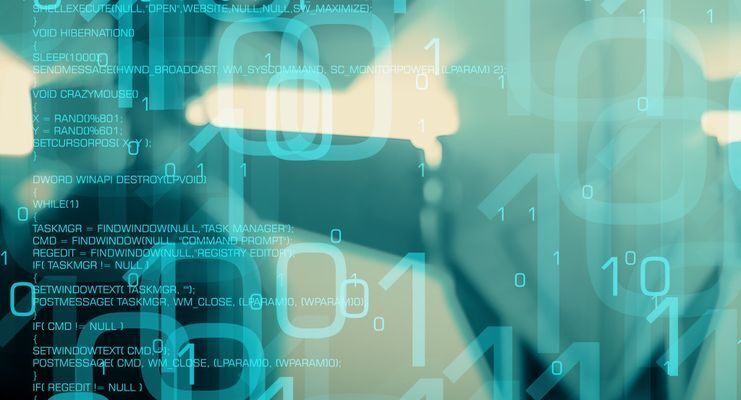Cybersecurity Curriculum Guidelines (CCG)
THE STRUCTURE OF THE GUIDELINES
The Guidelines have four levels: big ideas, enduring understandings, learning objectives, and essential knowledge statements.
The big ideas are broad, encompassing areas of importance to cybersecurity. That is, they are so important that all aspects of cybersecurity are affected by them. When writing a curriculum that maps to these Guidelines, the scope of these ideas will be intertwined in lessons throughout the entire curriculum. The big ideas, in conjunction with a cybersecurity mindset, should drive how we teach so that students have enduring knowledge of at course completion. Underlying the big ideas are a set of essential questions. These questions illicit a response from students that displays a breadth and depth of knowledge within each big idea to ensure that a comprehensive understanding of the topic is acquired.
This summative knowledge base is listed under each big idea as an enduring understanding statement(s). Enduring understandings are statements summarizing important ideas and core processes that are central to cybersecurity and have lasting value beyond the classroom. Enduring understandings synthesize what students should understand as a result of knowing about and doing cybersecurity. Enduring Understandings are lasting and nearly unchanging. Course assessments should directly address these understandings. Projects developed should aim to produce artifacts that depict both the big ideas and the enduring understanding statements.
Learning objectives (LO) lie beneath enduring understanding statements within the Guidelines, and each enduring understanding has least one learning objective. Learning objectives work in tandem with the cybersecurity mindset by requiring students to complete tasks that will prepare students to successfully understand the defense of a system. Completed LOs give students the working knowledge needed in order to create a lasting knowledge (enduring understanding) of cybersecurity. LOs are written as action statements where students are to complete tasks in order for completion and mastery.
Essential knowledge (EK) statements provide clarity on the learning objectives by offering specific statements of fact that students should know at the end of the course. These EK statements are written as flexible and may be changed when new technologies are created.


